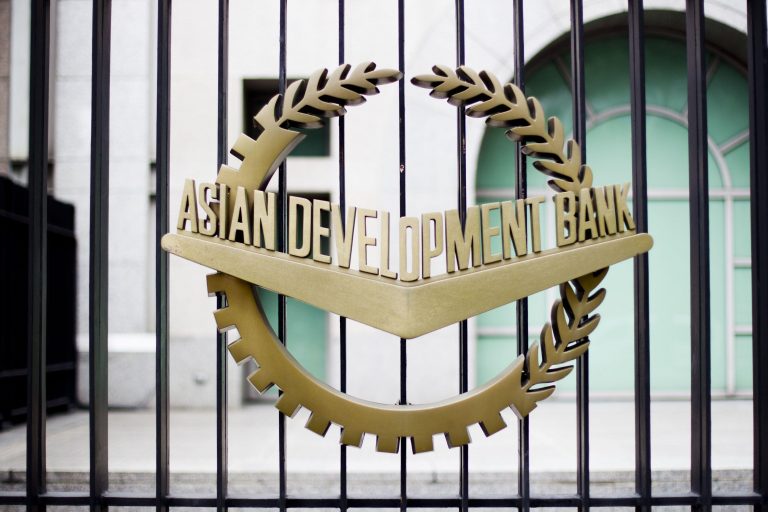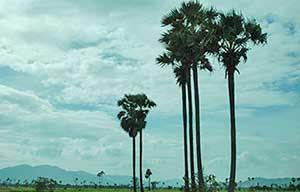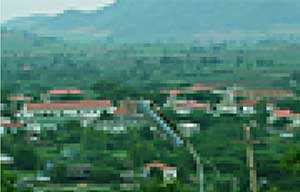Cambodia’s GDP growth is seen to moderate to 7.0 percent this year and 6.8 percent in 2020, pointed out the Asian Development Outlook (ADO) 2019, ADB’s flagship annual economic publication.
With a slowdown forecast in the advanced economies and the People’s Republic of China—major destinations for Cambodian exports— growth will likely soften for Cambodia’s exports and the tourism sector, it added.
“Cambodia is projected to exhibit strong economic growth over the next two years, despite a weakening external environment,” said ADB Country Director for Cambodia Ms. Sunniya Durrani-Jamal. “A key driver of growth in the future will be improving the quality of Cambodia’s human capital, including technical and vocational skills, to meet the demand of the private sector.”
According to the report, growth of industrial output is likely to ease from an estimated 10.8 percent in 2018 to 10.1 percent in 2019. Growth in services is expected to moderate slightly, from 6.9 percent last year to 6.8 percent in 2019. The agriculture sector is projected to grow 1.7 percent, down from 1.8 percent last year. Fiscal deficit is planned to narrow to 4.5 percent of gross domestic product this year, compared with the 5.1 percent budgeted by the government last year.
With growth softening, the country’s current account deficit should decrease this year and next. Inflation is expected to average around 2.5 percent in both 2019 and 2020. Buoyant investment inflows should more than offset the current account deficit and build up gross foreign reserves to US$12 billion in 2019, covering about six months of imports.
Challenges remain. The global economic slowdown can be sharper than anticipated. The European Union is carrying out its plan to suspend trade preferences for Cambodia under the Everything But Arms scheme. High credit growth and a concentration in the real estate sector pose risks to financial sector stability. Another key risk is a possible drought this year.
The ADO 2019 highlights the critical challenge of the so-called skills gap, which is caused by a mismatch between skills supplied by the existing workforce and those demanded by employers. More qualified teachers are needed, as well as financial support for poor, high-performing students, to help keep them in school and learn skills demanded by employers in the digital age.
By sector, industry and construction are expected to feel the adverse effects of the weakening external environment the most. Growth in industry is likely to slow to 10.1 percent in 2019 and 9.4 percent in 2020, and construction to 17.0 percent this year and 16.0 percent next year. Growth in services will slow but only marginally to 6.8 percent in 2019, as will growth in agriculture to 1.7 percent.
With slowing growth, lower international oil prices, and stable food prices, inflation should remain subdued, the average staying at 2.5 percent both this year and next.
Moderating growth and subdued inflation should narrow the country’s current account deficit, as shown in particular by imports of raw materials for export production. The current account deficit is seen narrowing to the equivalent of 12.7 percent of GDP this year and 11.8 percent next year. Robust FDI inflows should more than offset the current account deficit, pushing gross international reserves to US$12 billion in 2019, or cover for about six months of imports—and, again, more than external debt. The ratio of external debt to GDP should thus remain at a sustainable 30.0 percent.



























